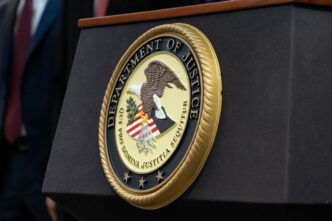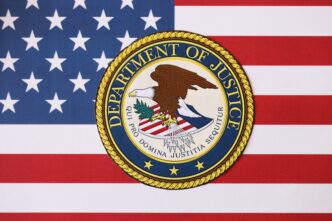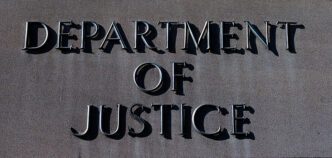The recent election results in Wisconsin have ushered in a significant shift in the state’s judicial landscape, as Susan Crawford clinched a pivotal victory in the Wisconsin Supreme Court race. This outcome establishes a liberal majority on the court for the next three years, marking a substantial setback for Republican figures, including President Donald Trump and billionaire Elon Musk, who had backed Crawford’s conservative opponent.
The implications of Crawford’s win are far-reaching, particularly as it relates to redistricting in Wisconsin. With the court now controlled by liberals with a 4-3 majority, there is anticipation that congressional boundaries may be redrawn, potentially allowing Democrats to gain at least two seats. This shift could play a crucial role in altering the political balance in this critical swing state.
Supporters of Crawford, including Democratic U.S. House Minority Leader Hakeem Jeffries, emphasized the importance of her election in ensuring that Wisconsin’s congressional maps reflect fair representation. Last year, the court refrained from addressing a Democrat-backed challenge concerning the state’s congressional lines, which had sparked criticism from Representative Mark Pocan. He now hopes for a new legal challenge to address the perceived gerrymandering in the state.
Beyond redistricting, the court is poised to address other contentious issues, including abortion rights and legislation affecting union activities. The potential to overturn or modify former Republican Governor Scott Walker’s laws, such as the one limiting collective bargaining rights, is on the horizon. Concerns have also been raised about the court’s approach to the “right-to-work” law and voucher-based private school programs.
Jeff Mandell of the liberal Madison law firm Law Forward countered fears of a wholesale legal offensive against past conservative victories, underscoring a more measured approach to forthcoming legal battles.
Crawford’s victory was achieved amid substantial financial backing, with campaign expenditures reaching approximately $100 million. Notably, Musk and his affiliated groups contributed over $21 million, while Democratic donors, including George Soros and Illinois Governor JB Pritzker, also provided significant support. Despite greater overall spending by Crawford’s opponents, record voter turnout of over 50% helped secure her 10-point triumph over Schimel, echoing a similar margin from the 2023 race.
In recent years, the court has acted as a check on the Republican-controlled Legislature, mandating new legislative maps and overturning a conservative decision that banned absentee ballot drop boxes. This liberal court victory also raises questions about the upcoming 2026 gubernatorial race, where Democratic Governor Tony Evers will seek reelection. Republicans express concern about the court’s capacity to hinder a Republican governor’s legislative agenda, prompting introspection about their political strategy.
Democrats argue that Crawford’s success indicates a need for Republicans to adopt a more moderate stance, as suggested by Patrick Guarasci, a senior adviser to the Crawford campaign. He emphasized that Wisconsin voters are not aligning with the expansive agendas championed by figures like Trump and Musk, and urged Republicans to recalibrate their positions.
The Evolving Landscape
- The liberal majority in Wisconsin’s Supreme Court could lead to significant legislative changes, impacting various sectors including healthcare, education, and workers’ rights.
- Potential redistricting may alter the political landscape, affecting party balance in future elections and potentially increasing Democratic representation.
- Upcoming court decisions on abortion and union rights could redefine key social and economic policies in Wisconsin, influencing daily life for many residents.
- High voter turnout highlights increased political engagement, which may have long-term effects on voter participation and civic involvement in the state.
- The outcome may prompt political parties to reassess their strategies and policy positions to better align with the evolving preferences of the electorate.






